Home>diy>Building & Construction>When Did The Construction Of Notre Dame Start
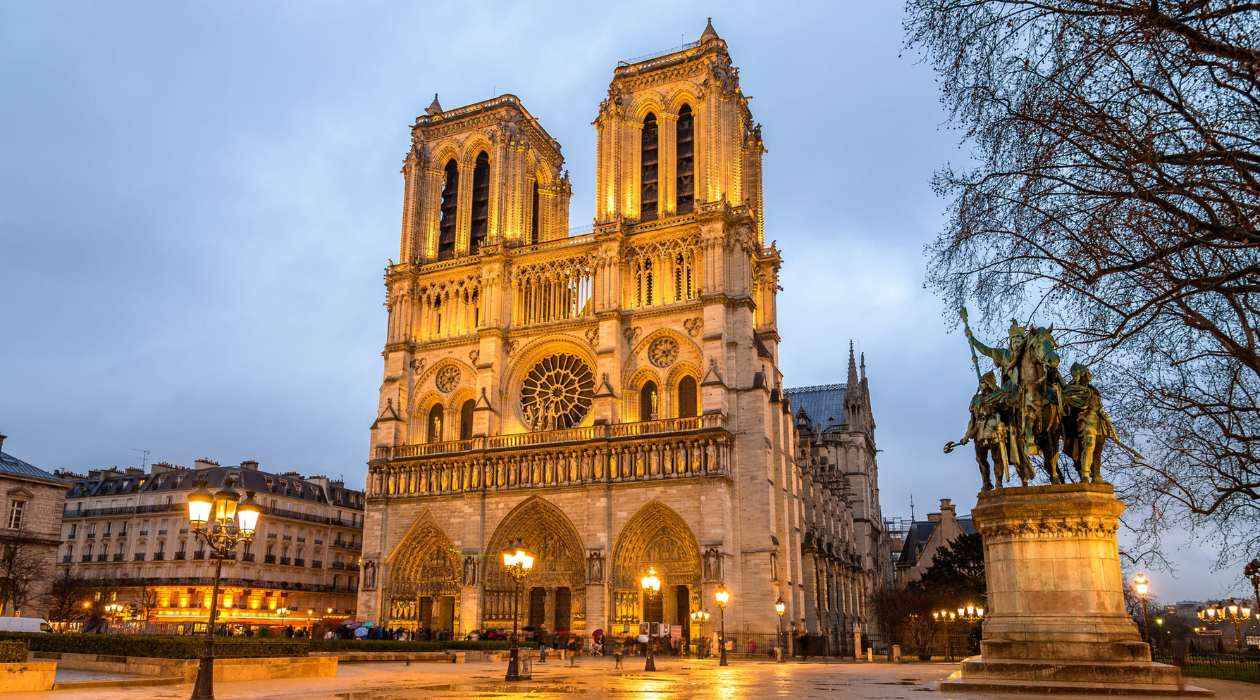

Building & Construction
When Did The Construction Of Notre Dame Start
Modified: January 5, 2024
Discover the fascinating history of Notre Dame and its construction, beginning in [year] and spanning centuries. Explore the impressive feat of building construction that created this iconic masterpiece.
(Many of the links in this article redirect to a specific reviewed product. Your purchase of these products through affiliate links helps to generate commission for Storables.com, at no extra cost. Learn more)
Introduction
The construction of Notre Dame, also known as Notre Dame Cathedral, is a fascinating story of architectural grandeur, artistic mastery, and religious devotion. Steeped in history and revered as an iconic symbol of Paris, this magnificent Gothic masterpiece has captivated the hearts and minds of millions of visitors from around the world.
Notre Dame Cathedral is located on the Île de la Cité, a small island in the heart of Paris, France. Its construction spanned over several centuries, with the earliest foundations dating back to the 12th century. Despite enduring numerous challenges and setbacks, Notre Dame stands as a testament to the resilience and ingenuity of the builders and craftsmen involved in its creation.
In this article, we will delve into the rich history of Notre Dame Cathedral, exploring its origins, the architectural marvels that define it, and the profound impact it has had on art, culture, and religion throughout the centuries.
Key Takeaways:
- Notre Dame Cathedral’s construction began in 1163, spanning several centuries. Despite challenges and delays, it stands as a testament to human resilience and architectural ingenuity, captivating visitors worldwide.
- The cathedral’s Gothic design, intricate stained glass windows, and iconic spire reflect the skill and craftsmanship of medieval builders. Notre Dame’s enduring legacy inspires awe and reverence, connecting visitors to centuries of history and cultural heritage.
Historical Background
The history of Notre Dame Cathedral is intertwined with the history of Paris itself. The city has a long and illustrious past, dating back to its founding by the Parisii tribe in the 3rd century BC. Over the centuries, it became the capital of France and a center of political, economic, and cultural power.
The origins of Notre Dame can be traced back to the Roman era when a Gallo-Roman temple dedicated to Jupiter stood on the site. In the 4th century AD, a Christian basilica was constructed, which eventually gave way to the construction of Notre Dame Cathedral.
The idea to build a new cathedral in Paris emerged in the 12th century. At the time, the existing cathedral, Saint-Étienne, was considered too small and outdated. Bishop Maurice de Sully envisioned a grand cathedral that would not only surpass Saint-Étienne in size but also reflect the rising prominence and prosperity of the city.
Inspired by the emerging Gothic architectural style, Bishop Maurice de Sully laid the groundwork for the construction of Notre Dame. The ambitious project aimed to create a soaring symbol of faith, incorporating elements of verticality and light that were characteristic of the Gothic style.
The location chosen for the new cathedral was the Île de la Cité, the historical and geographic center of Paris. This strategic placement ensured that Notre Dame would be visible from afar and serve as a beacon of Christian spirituality for the city’s residents and visitors.
The construction of Notre Dame Cathedral is a testament to the medieval builders’ skill and perseverance. It represents the culmination of centuries of architectural evolution and craftsmanship. From its humble beginnings as a Roman temple to its transformation into a magnificent Gothic cathedral, the history of Notre Dame is a testament to the enduring legacy of human ingenuity and artistic expression.
Early Planning and Design
The planning and design phase of Notre Dame Cathedral was a meticulous process that involved a collaboration of skilled architects, designers, and craftsmen. Bishop Maurice de Sully, the driving force behind the construction, sought to create a cathedral that would not only be a testament to Christian faith but also an architectural marvel.
To bring his vision to life, Bishop de Sully enlisted the expertise of architect Jean de Chelles, who played a pivotal role in designing the cathedral. The early plans incorporated the principles of Gothic architecture, which emphasized height, light, and intricate details. The use of pointed arches, ribbed vaults, and flying buttresses became defining features of the cathedral’s design.
One of the key design considerations was the incorporation of stained glass windows. These windows would not only fill the interior with a heavenly glow but also depict biblical scenes to educate and inspire worshippers. The delicate and vibrant glasswork was a testament to the skill of the medieval craftsmen.
The construction of Notre Dame Cathedral was also influenced by the emerging mathematical studies of the time. Geometry and proportion played vital roles in ensuring the structural integrity and visual harmony of the cathedral. The use of the golden ratio and other mathematical principles resulted in a meticulously balanced and aesthetically pleasing design.
The initial plans called for a cruciform layout, with a long nave, transepts, and a choir at the east end. This layout mirrored the shape of the crucifix and symbolized the crucifixion of Jesus Christ. The transepts were extended to accommodate side chapels, providing space for additional religious services and private devotions.
The intricate carvings and sculptures that adorned Notre Dame Cathedral were another important aspect of its design. These exquisite stone carvings depicted biblical scenes, saints, and gargoyles, adding a touch of whimsy to the building’s exterior.
The planning and design process of Notre Dame Cathedral took several years to complete, during which time ideas were refined, and aesthetics were perfected. The result was a harmonious blend of architectural elements that would stand the test of time and become a masterpiece of Gothic design.
Construction Begins
After years of meticulous planning and design, the construction of Notre Dame Cathedral finally began in 1163 under the supervision of Bishop Maurice de Sully. The first step was to lay the foundation, which required excavating deep into the ground to create a stable base for the immense structure.
The foundation consisted of massive stone piers and walls, carefully designed to distribute the weight of the cathedral evenly and prevent sinking or shifting. These foundations were essential to support the soaring heights and immense weight of the cathedral as it rose into the Parisian skyline.
With the foundation in place, construction progressed rapidly. The walls were constructed using limestone, obtained from nearby quarries, and were reinforced with internal buttresses and outer flying buttresses. These architectural innovations allowed for the creation of tall and expansive interior spaces while providing structural stability.
One of the significant challenges in the construction process was the precise alignment of the walls and arches. The medieval builders relied on simple tools and their expertise to ensure the perfect symmetry and balance of the cathedral. Their attention to detail and craftsmanship resulted in the seamless integration of architectural elements throughout the structure.
As construction progressed, the famous rose windows, a hallmark of Gothic architecture, were installed. These round windows, with intricate traceries and stained glass, added a touch of elegance and beauty to the cathedral’s façade. The rose windows continue to be admired for their intricate craftsmanship and vibrant colors.
The construction of Notre Dame Cathedral presented many logistical challenges. The transportation of heavy stones from quarries to the construction site required a well-organized network of workers, craftsmen, and oxen-drawn carts. The difficult process involved carving the stones to fit precisely into the complex architectural puzzle.
Despite the challenges, the construction of Notre Dame Cathedral progressed steadily. It was a labor-intensive process that involved the coordinated efforts of hundreds of workers. Masons, carpenters, glaziers, and stone carvers all contributed their skills and expertise to bring the bishop’s vision to life.
The construction of Notre Dame Cathedral continued for several centuries, with successive generations of builders adding their own contributions to the structure. This prolonged construction period allowed for the incorporation of evolving architectural techniques and styles, resulting in a cathedral that reflects the artistic and architectural trends of multiple eras.
It was a testament to the unwavering dedication and determination of the builders and craftsmen who poured their hearts and souls into the construction of Notre Dame Cathedral. Their efforts would soon give rise to one of the most iconic and revered structures in the world, a testament to human ingenuity and the power of faith.
Challenges and Delays
The construction of Notre Dame Cathedral faced numerous challenges and delays throughout its long history. These obstacles tested the resilience and determination of the builders, but ultimately did not dampen their resolve to create a masterpiece of architectural beauty.
One of the main challenges was the logistics of sourcing and transporting the materials needed for construction. The limestone used to build Notre Dame was sourced from quarries located around Paris. Stonecutters had to meticulously carve each piece to fit the complex architectural puzzle, a time-consuming and labor-intensive process. The stones were then transported to the construction site using oxen-drawn carts, which required careful coordination and planning.
Another significant challenge arose during the 14th century. The Hundred Years’ War between France and England disrupted construction and diverted resources towards military efforts. The ongoing conflict resulted in a shortage of labor, materials, and funding, causing a significant delay in the progress of the cathedral.
In addition to external challenges, internal conflicts within the city of Paris also hindered the construction of Notre Dame. Political disputes, power struggles, and changing priorities led to intermittent periods of neglect and stagnation. At various times, the construction was put on hold or received little attention, further prolonging the completion of the cathedral.
A devastating fire in 1194 caused significant damage to the early construction work of Notre Dame Cathedral. The fire destroyed the wooden roof and weakened the structure, resulting in the need for extensive repairs and modifications. However, the fire also presented an opportunity for architectural innovation. The architects took this setback as a chance to redesign the roof structure, replacing the wooden beams with the iconic vaulted stone ceiling that we see today.
The complexity of the cathedral’s design also contributed to delays in its construction. The intricate details, such as the ornate carvings and delicate stained glass windows, required meticulous craftsmanship and time-consuming execution. The builders had to strike a balance between quality and efficiency, resulting in some areas taking longer to complete than initially anticipated.
Despite these challenges and delays, the construction of Notre Dame Cathedral persevered, driven by the unwavering dedication and skill of the medieval builders. Their determination to build a grand cathedral that would stand the test of time proved to be stronger than any setback they encountered along the way.
Today, as we admire the magnificence of Notre Dame, we are reminded of the indomitable human spirit and the extraordinary achievements that can arise from perseverance in the face of adversity.
The construction of Notre Dame started in 1163 and was completed in 1345. It took almost 200 years to build this iconic cathedral.
Architectural Features
Notre Dame Cathedral is renowned for its stunning architectural features, which reflect the mastery and innovation of the medieval builders. Each element of the cathedral’s design was carefully crafted to create a harmonious and awe-inspiring space. Here are some of the notable architectural features of Notre Dame:
1. Gothic Design: Notre Dame Cathedral exemplifies the Gothic architectural style with its soaring height, pointed arches, and ribbed vaults. The verticality of the design, complemented by the abundance of light flooding through the stained glass windows, creates a sense of spiritual elevation.
2. Facade: The facade of Notre Dame is a work of art in itself. It features three imposing portals adorned with intricate sculptures depicting biblical scenes and saints. Above the portals, the famous rose windows captivate visitors with their vibrant stained glass and delicate tracery.
3. Spire and Bell Towers: The spire and bell towers of Notre Dame are iconic features on the Parisian skyline. The spire, a 19th-century addition, rises majestically above the cathedral, while the bell towers flank the facade. Visitors can climb the towers for a breathtaking view of Paris.
4. Gargoyles and Chimera: Notre Dame is famous for its collection of ornate gargoyles and chimera. These grotesque and fantastical sculptures serve both as decorative elements and functional water spouts, preventing rainwater from damaging the masonry.
5. Stained Glass Windows: The stained glass windows of Notre Dame are a sight to behold. Dating back to the 13th century, these windows tell biblical stories and depict saints in vibrant hues. The rose windows, located on the facade and transept ends, are particularly breathtaking.
6. Vaulted Ceiling: The interior of the cathedral is adorned with a magnificent vaulted ceiling. The ribbed vaults not only provide structural support but also create a sense of height and depth. The intricate stone tracery adds to the visual splendor of the space.
7. Choir and Ambulatory: The eastern end of Notre Dame features the choir and ambulatory. The choir is where the clergy and choirs perform, while the ambulatory serves as a passageway behind the main altar. The ambulatory provides access to side chapels and additional spaces for religious services.
These architectural features collectively create an enchanting and mystical atmosphere within Notre Dame Cathedral. They serve as a testament to the skill, artistry, and innovation of the medieval builders who brought Bishop Maurice de Sully’s vision to life. Today, visitors from around the world are captivated by the enduring beauty and sublime grandeur of this architectural masterpiece.
Funding and Support
The construction of Notre Dame Cathedral was a monumental undertaking that required substantial funding and support from various sources. Bishop Maurice de Sully played a crucial role in securing the necessary resources to bring his vision to fruition.
One of the primary sources of funding came from the Catholic Church itself. Generous donations from wealthy bishops, nobles, and royalty provided significant financial support for the construction. These individuals saw the construction of Notre Dame as a way to demonstrate their piety and gain favor with the church.
In addition to individual donations, the French monarchy also contributed financially to the construction of the cathedral. Kings and queens of France recognized the importance of such a grand structure as a symbol of their power and devotion to the Christian faith. They contributed both financially and through the donation of land and materials.
The urban population of Paris also played a vital role in supporting the construction of Notre Dame. The city’s prosperous merchants, guilds, and residents contributed funds to ensure the swift completion of the cathedral. Their financial support not only reflected their religious dedication but also their pride in having such a magnificent structure in their city.
Trade played a significant role in funding Notre Dame Cathedral, as Paris was a thriving commercial hub. The city’s strategic location on the Seine River allowed for the easy transport of goods and materials, generating wealth that could be directed towards the construction project. The economic prosperity of the city greatly contributed to the availability of resources needed for the construction.
Moreover, the labor force involved in the construction reflected a collaborative effort. Skilled craftsmen, including masons, carpenters, glaziers, and sculptors, worked tirelessly to bring the cathedral to life. Many of these workers were part of organized guilds, providing a sense of community and mutual support in the construction process.
The funding and support for Notre Dame Cathedral demonstrated the collective belief in the importance of such a religious and architectural masterpiece. The contributions of the Catholic Church, the French monarchy, urban residents, and the labor force all played a pivotal role in making the construction of Notre Dame a reality.
Today, the continued support and contributions from individuals, organizations, and the French government remain crucial for the ongoing restoration and preservation of Notre Dame Cathedral, ensuring that future generations can appreciate its historical and cultural significance.
Notre Dame Throughout the Centuries
Notre Dame Cathedral has stood as a symbol of Paris for over eight centuries, witnessing numerous historical events and undergoing several transformations. Throughout the centuries, this architectural gem has served as more than just a place of worship; it has become an integral part of French culture and history.
In the Middle Ages, Notre Dame was not only the religious center of Paris but also a gathering place for important ceremonies and events. The cathedral hosted coronations of French kings, such as that of Henry VI of England in 1431, showcasing its significance as a seat of power and prestige.
During the French Revolution in the late 18th century, Notre Dame suffered significant damage and faced the threat of demolition. It was deconsecrated and repurposed as a storage warehouse for food and other non-religious goods. Thankfully, restoration efforts in the 19th century saved the cathedral from ruin and restored it to its former glory.
One of the most significant events in the history of Notre Dame Cathedral occurred on April 15, 2019, when a devastating fire broke out, engulfing the roof and toppling the spire. The world watched in disbelief as firefighters battled tirelessly to save the cathedral. Despite the damage caused, the structure of the cathedral remained largely intact, and efforts are now underway to restore and rebuild what was lost.
Throughout its history, Notre Dame Cathedral has also been a source of inspiration for artists and writers. Victor Hugo’s novel, “The Hunchback of Notre-Dame,” published in 1831, brought global attention to the cathedral’s architectural beauty and helped to galvanize public support for its preservation. The novel’s protagonist, Quasimodo, and the iconic setting of the cathedral have become enduring symbols of Notre Dame in popular culture.
Notre Dame has also been a site of pilgrimage for countless devout Catholics and tourists alike. Its religious significance and awe-inspiring architecture continue to draw visitors from around the world. From attending Mass to exploring the crypts and climbing the bell towers, experiencing Notre Dame Cathedral is a powerful and unforgettable experience.
Today, the restoration and preservation of Notre Dame Cathedral remain ongoing projects. The fire of 2019 served as a poignant reminder of the fragile nature of this architectural masterpiece and the importance of safeguarding it for future generations. The restoration process aims to recreate and preserve the historical and cultural significance of the cathedral while utilizing modern techniques and materials.
Notre Dame Cathedral stands as a testament to the enduring spirit of humanity and the power of architectural beauty. It has witnessed the rise and fall of empires, survived wars and revolutions, and continues to inspire wonder and awe. As visitors marvel at its Gothic splendor, they are connecting with centuries of history and bearing witness to the remarkable legacy of Notre Dame.
Conclusion
Notre Dame Cathedral stands as an architectural marvel, a testament to human ingenuity, and a symbol of faith and cultural heritage. From its early planning and design to the challenges faced during construction, Notre Dame has persevered and captured the hearts of millions throughout the centuries.
The cathedral’s Gothic design, with its soaring arches, intricate stained glass windows, and iconic spire, showcases the skill and craftsmanship of the medieval builders. It has served as an inspiration for artists, writers, and architects, leaving an indelible mark on the world of art and culture.
Throughout its long history, Notre Dame has witnessed significant historical events and undergone both periods of neglect and restoration. It has withstood wars, fires, and revolutions, yet it continues to stand as a symbol of resilience and hope.
Notre Dame is not just a place of worship; it is a living testament to the enduring spirit of humanity. It has welcomed millions of visitors who come to admire its architectural beauty, delve into its rich history, and experience a connection to something greater than themselves.
The fire of 2019 served as a stark reminder of the fragility of this treasured landmark. However, it also ignited a global outpouring of support and a renewed commitment to its restoration. The ongoing efforts to rebuild and preserve Notre Dame serve as a testament to our collective responsibility to protect our cultural heritage for future generations.
As we reflect on the story of Notre Dame Cathedral, let us remember the centuries of craftsmanship, faith, and human endeavor that have shaped and preserved this remarkable structure. Its presence on the Île de la Cité continues to inspire awe, reverence, and a sense of wonder for all who have the privilege to visit and behold its grandeur.
Notre Dame Cathedral is more than just a building; it is a testament to the power of human achievement, a symbol of spiritual devotion, and an enduring monument to the beauty and resilience of the human spirit.
Frequently Asked Questions about When Did The Construction Of Notre Dame Start
Was this page helpful?
At Storables.com, we guarantee accurate and reliable information. Our content, validated by Expert Board Contributors, is crafted following stringent Editorial Policies. We're committed to providing you with well-researched, expert-backed insights for all your informational needs.
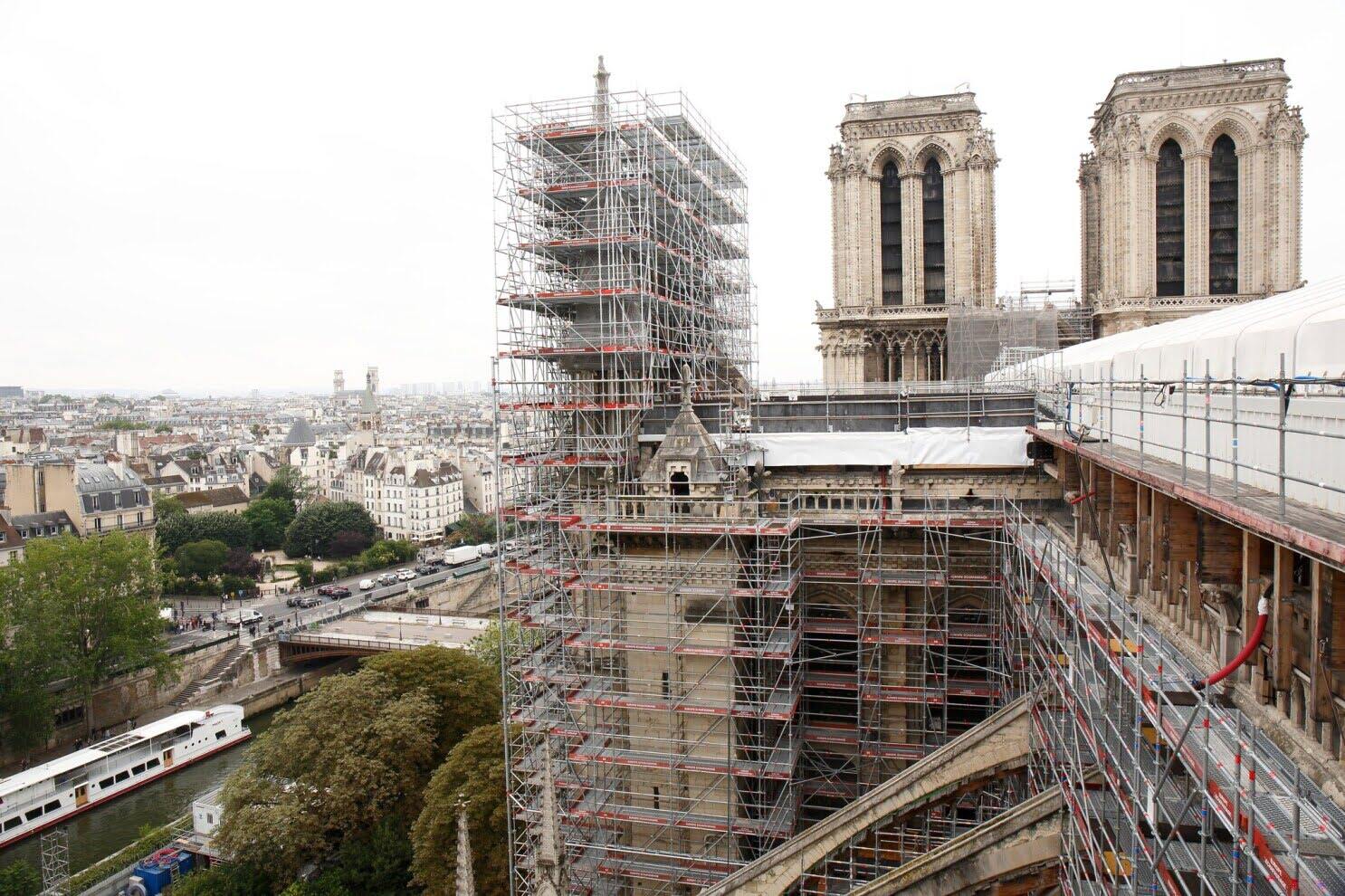
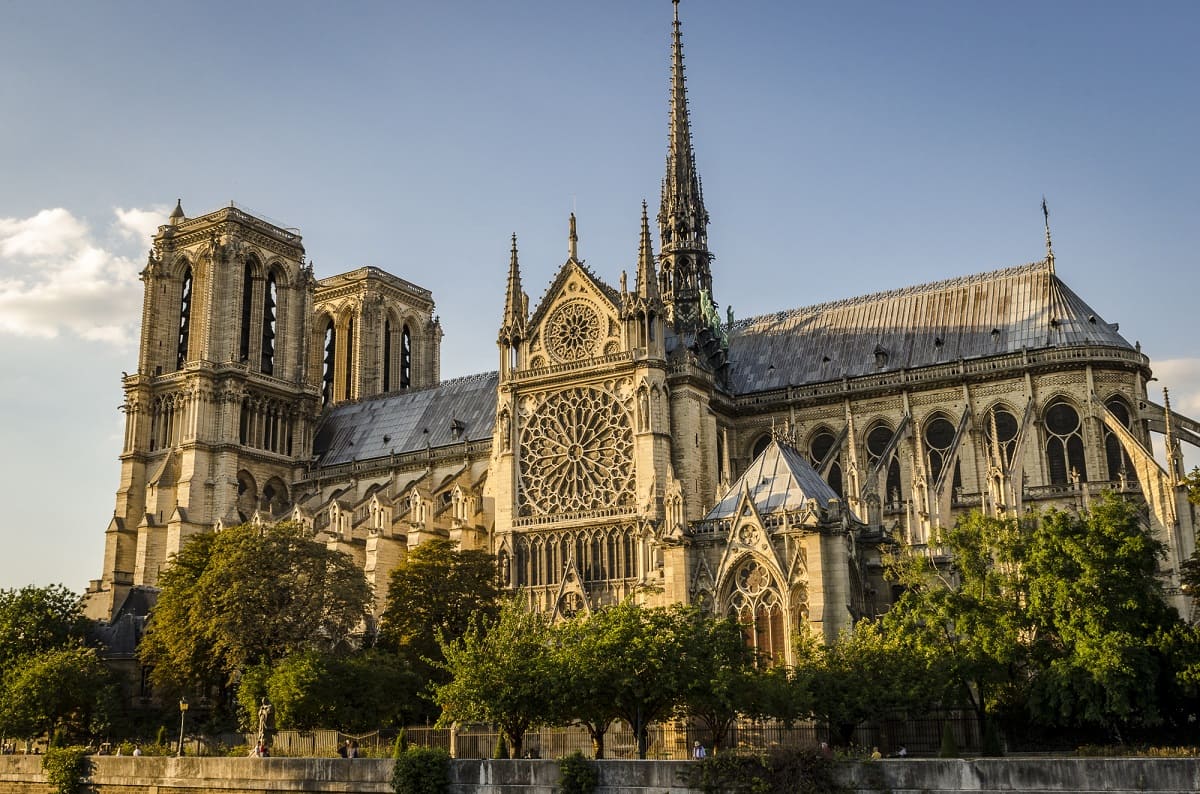


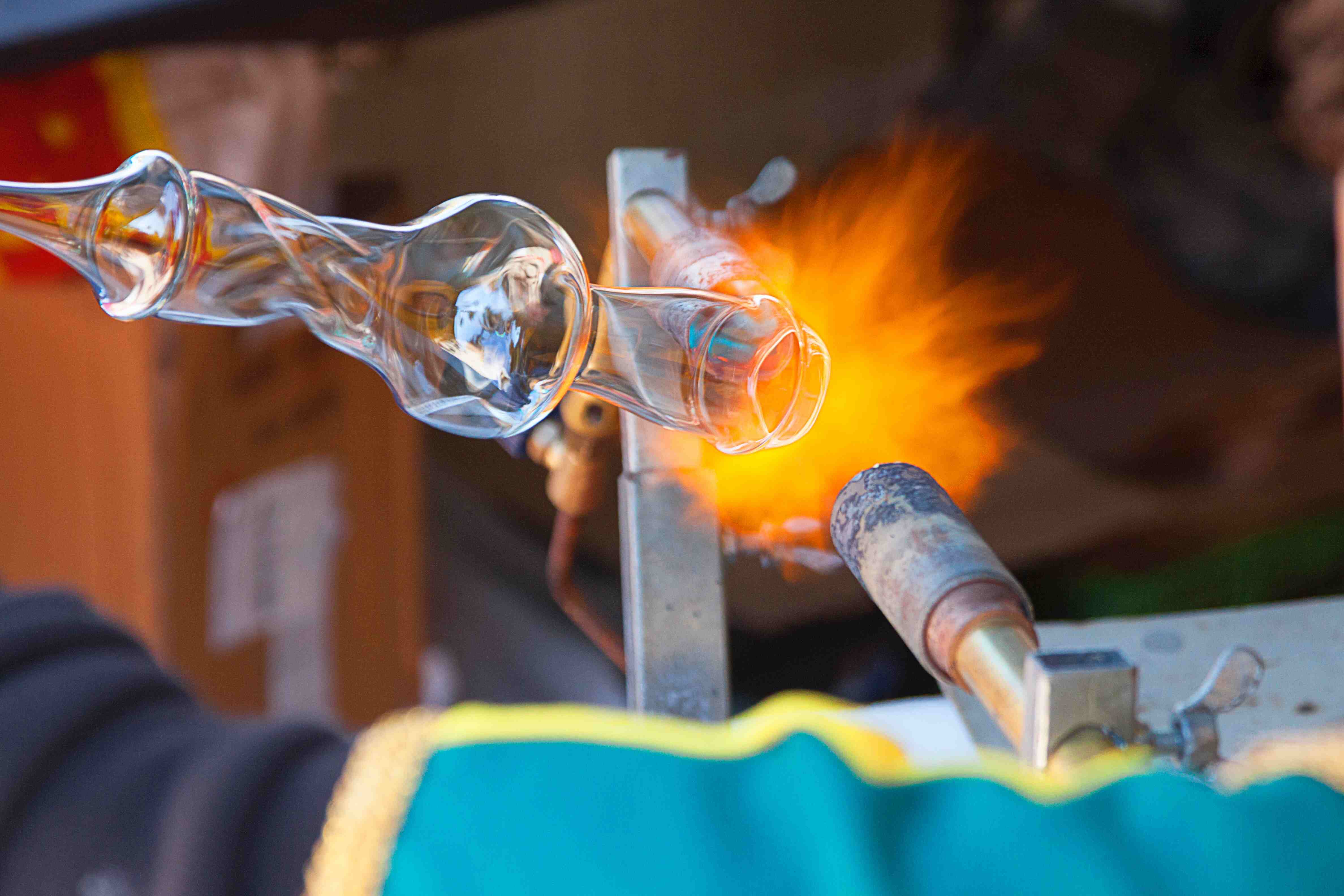
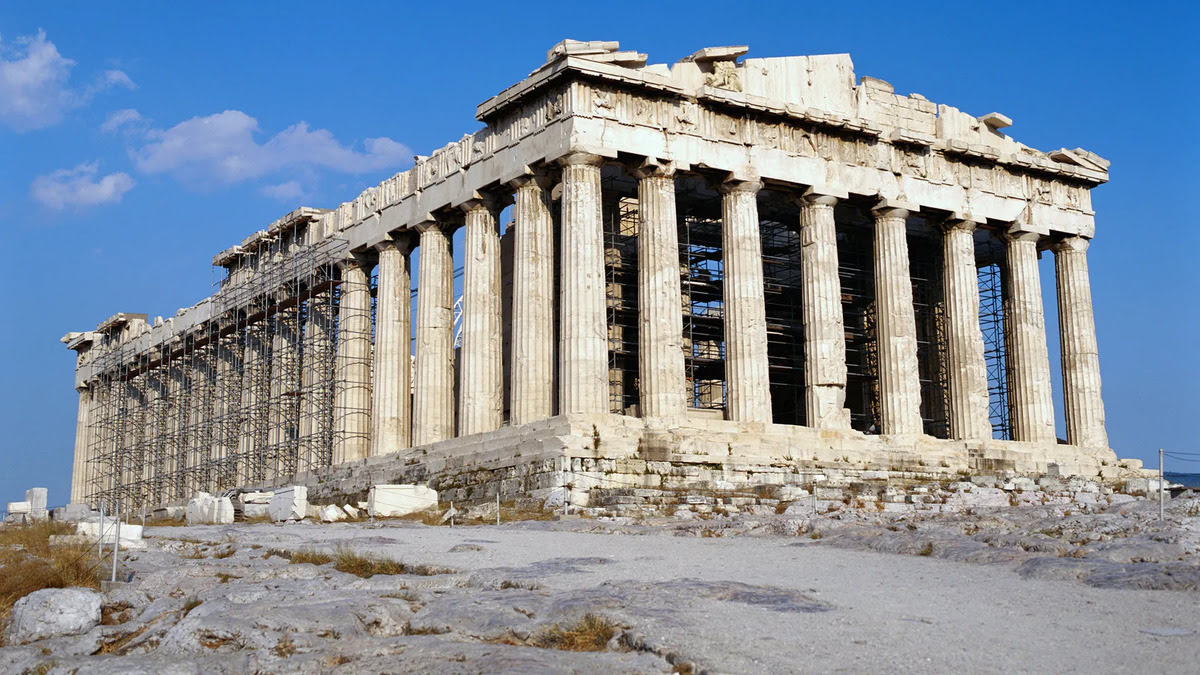





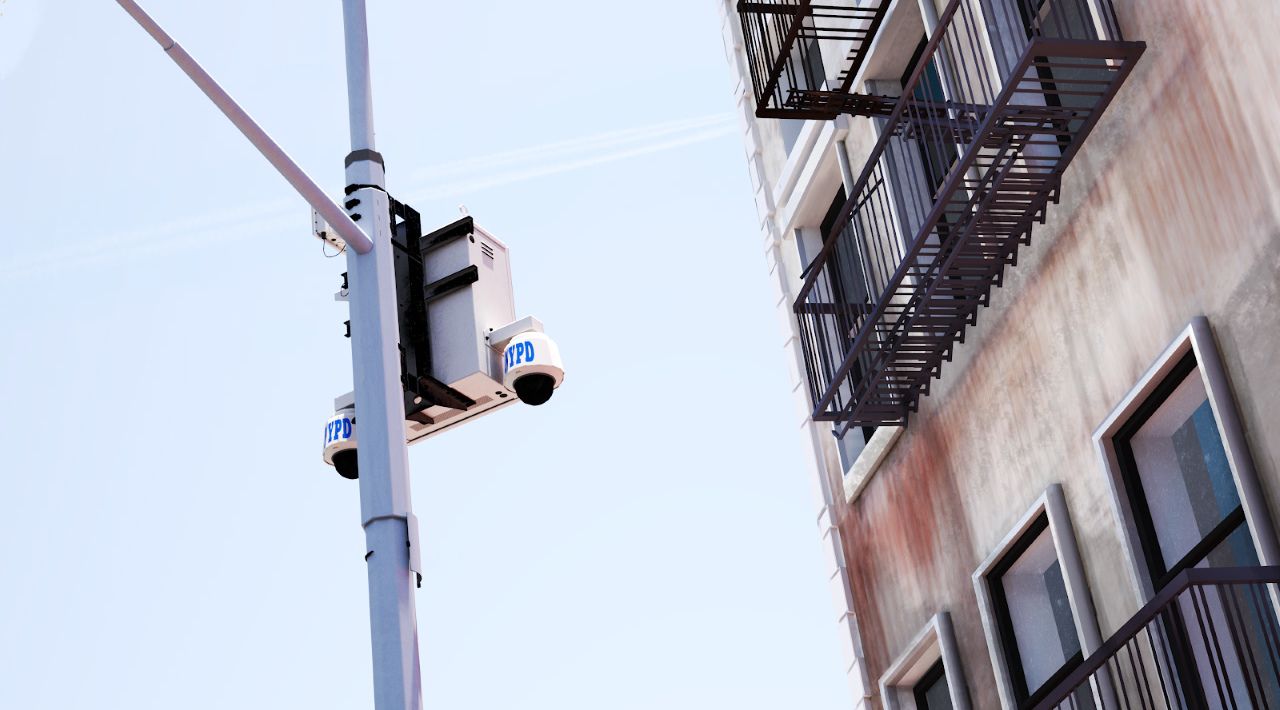

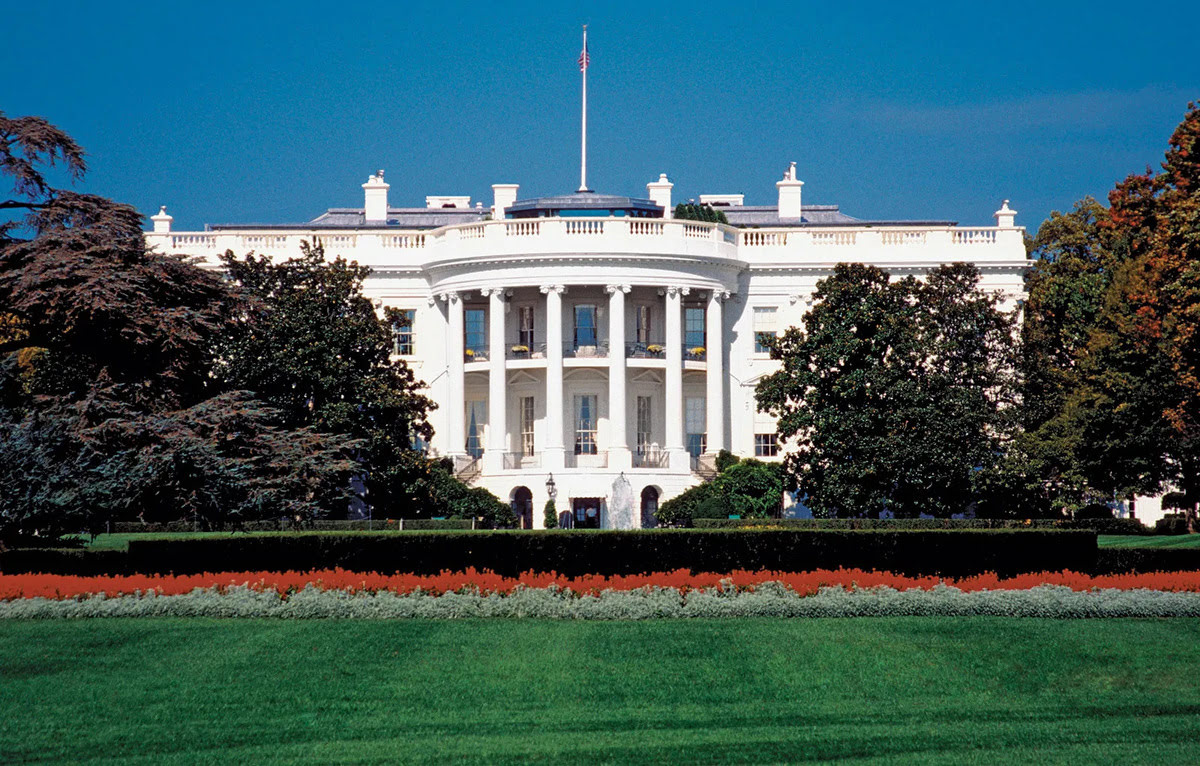

0 thoughts on “When Did The Construction Of Notre Dame Start”